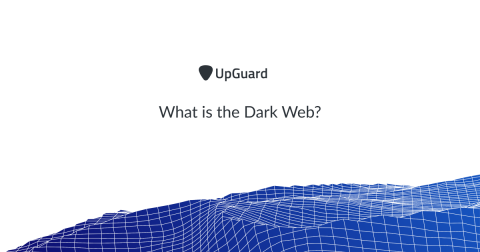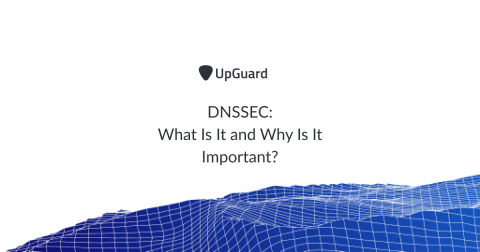How Will the CMMC Impact My Business and How Can We Prepare? Part 1 of 3
In June of this year, my colleague Tom Taylor wrote about the DoD’s announcement to instate the Cyber Security Maturity Model Certification (CMMC) and elaborated on the fact that, with the CMMC, the DoD appears to be addressing our customers’ core compliance pain points: Since its announcement in May, the DoD kicked-off a “listening tour” to solicit feedback from the Defense Industrial Base sector, according to the CMMC website.








